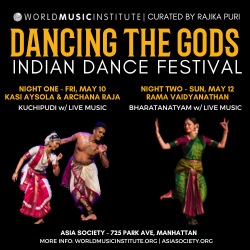Testimony on Making New York City Affordable for Artists
Monday, October 21, 2013
Testimony on Making New York City Affordable for Artists
Testimony to the New York City Council Committee on Cultural Affairs, Libraries, and International Intergroup Relations
By Lane Harwell, Executive Director of Dance/NYC
I submit this testimony on behalf of the service entity Dance/NYC, all of New York City’s 1,200+ dance makers and companies, and an artist I call Clare.
David Byrne of Talking Heads offers a much-debated provocation in Creative Time Reports: “the cultural part of the city—the mind—has been usurped by the top 1 percent.” He goes on to argue that “there is no room for fresh creative types,” the human capital that keeps the city vibrant. What he advocates for, and rightly, is making the city affordable for artists
I take issue with several of Byrne’s points. Findings from Dance/NYC’s State of NYC Dance 2013, based on the Cultural Data Project, show us there is room for emerging talent, and the start-up culture, at least in nonprofit dance, is strong—as evidenced by a recent growth in annual expenditures (36%) and a high level of new creation. From 2009 to 2011, nonprofit dance makers even created 18% new dance jobs, demonstrating economic impact. These gains result, in part, from significant City investment.
Where I agree with Byrne is on what is at stake when we ask the question about affordability for artists: both the present and the future, what he calls “ongoing creative life.”
Now, let me introduce you to Clare, who is the archetypal dance worker in the Dance/NYC Junior Committee’s Dance Workforce Census: Earnings Among Individuals, 21–35 (2012), and whose profile raises its own provocations on the challenge of sustainability and advancement. According to the census findings, Clare:
· is 28, on average;
· earns $28,000/year, but only 55% of this from jobs in dance;
· rents, with roommates, and does not have rent-stabilized housing;
· lives in Brooklyn and commutes to work, often to multiple boroughs;
· freelances, working four jobs in dance, and likely more than one in other sectors;
· does not have health care or other benefits through her work in dance.
Clare may be getting by, even thriving in her craft, but ultimately the City is not affordable for her, and for many of all ages working in the arts and culture. Countless others are altogether excluded from the workforce for this reason. Clare lives in Brooklyn now, but for how long, and at what escalating cost? Will she leave New York? Yes, the threat to ongoing creative life is real and felt. And, so, what is next?
Making our City accessible for artists requires the Administration and City Council to look beyond critical budgetary allocations to nonprofit groups through the Department of Cultural Affairs and to study the whole cultural ecology. It demands fresh, interagency thinking and consideration of artists in the creation of City policies and resources by every agency. It means, as urgent examples, the provision of affordable workspace, housing, skills training, transportation, and benefits to artists, now and in the future.
I do not speak from the perspective that our City’s artists are a (under-) privileged class; our City should be made affordable for all New Yorkers. Rather, I offer that artists contribute significantly to the livability of our City—its creativity, education, economy, and neighborhoods. For them to do this work, the City must be livable for them.




